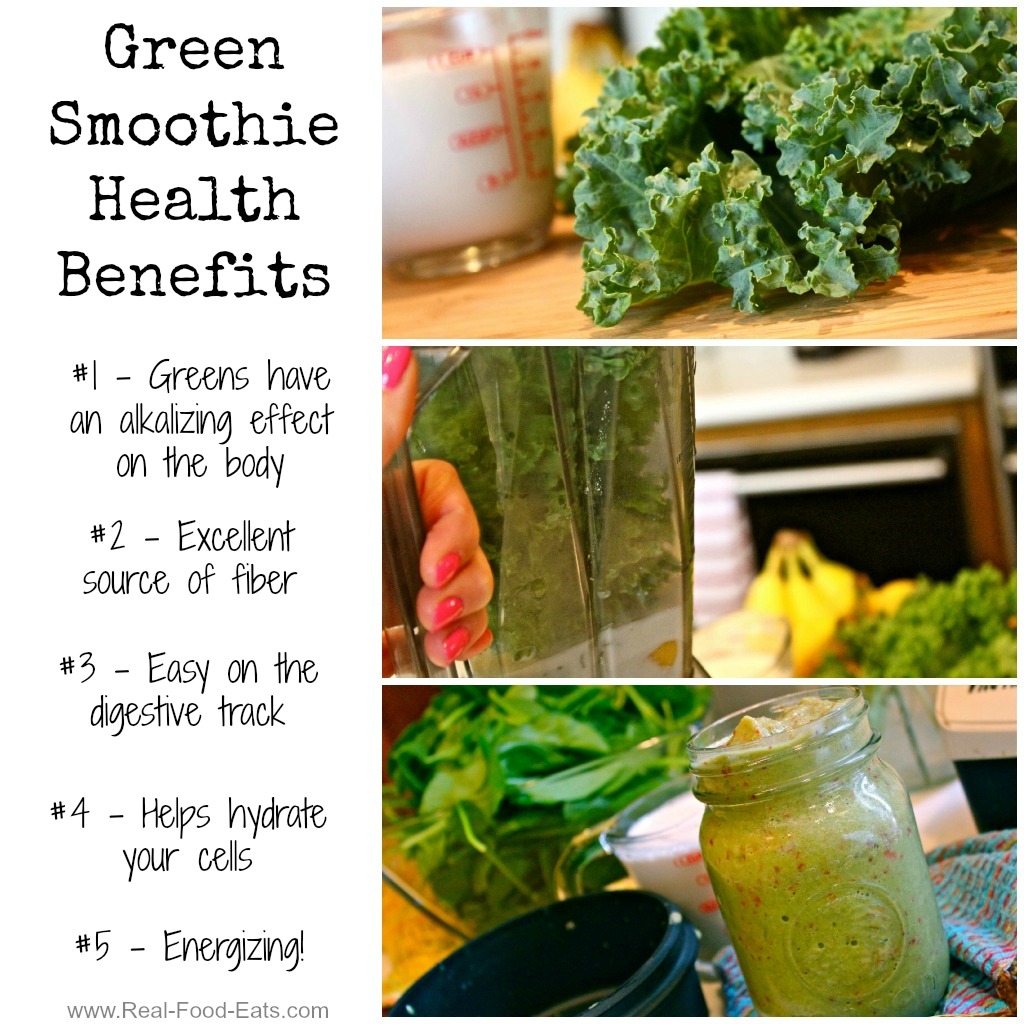We all know that vitamin C is a powerful antioxidant that can boost your immune system. But did you know that vitamin C can also help you to improve your skin, protect you from UV light and increase brain health? Here are three benefits of vitamin C that might surprise you.
Moistens Skin
Vitamin C (also known as L-ascorbic acid) is a water-soluble antioxidant that’s found in high levels in both the dermis and epidermis. Higher levels of vitamin C have been associated with decreased risk of dry skin, as this vitamin may effect trans-epidermal water loss. It also promotes the synthesis of barrier lipids, which means your skin is less permeable to water and less likely to dry out. Both taking it orally and applying it topically can benefit skin. Find it in the grocery store in fresh fruits and veggies, or at the skincare counter in the form of a serum. Just keep in mind that serums should be applied under your moisturizer for maximum effectiveness.
Brain Health
Many neurodegenerative diseases are caused by a combination of inflammation and oxidative stress caused by free radicals. Free radicals are molecules that contain an unshared electron. These unshared electrons are highly energetic and react rapidly with oxygen to form Reactive Oxygen Species (ROS). Therefore, the antioxidant activities of vitamin C are believed to help prevent cognitive diseases such as Alzheimer’s, Parkinson’s and Huntington’s disease. It also plays an important role in the production of collagen, an essential component in brain health. Studies involving mice reveal evidence that vitamin C has a positive impact on learning and memory, especially stress-related learning. In these studies, the mice also showed improved performance and locomotor activity. After trauma, vitamin C may aid in recovery. Even some of the more subtle signs of a car accident can be potentially helped by vitamin C.
Protects Against UV Rays
You’re probably aware of the importance of sunscreen to protect your skin, but did you know that vitamin C can help as well? Ascorbic acid protects your skin from UV-induced damage caused by free radicals. It reduces UV-related DNA damage. Vitamin C and vitamin E work hand-in-hand. Supplementing with this combination could increase your skin’s defenses from UV light. Ascorbic acid also regulates melanin production, promotes an even skin tone and reduces the occurrence of dark spots.
Whether you prefer to snack on mandarin oranges, apply it topically, or take it as a supplement, vitamin C is a key ingredient for achieving optimum health. If you want to improve your life and your health as much as you can, incorporating more vitamin C into your life is a good solution.
Here’s another article you might like: Taking Care of Your Skin When You’re out in the Sun












